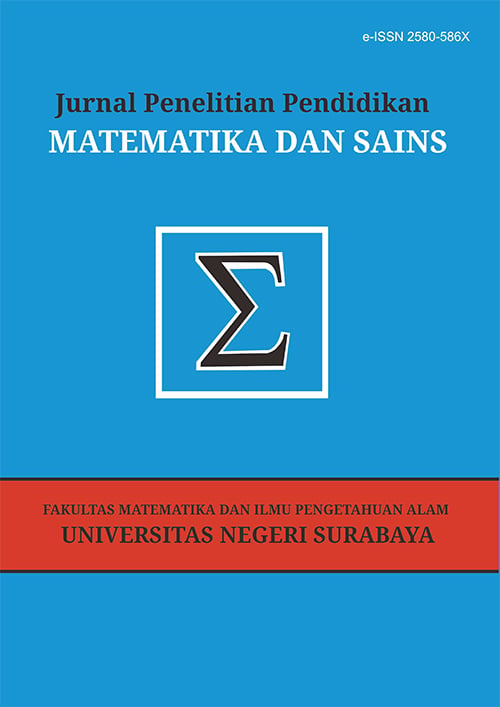Implementasi Experiential Learning pada Materi Proses Pembentukan Urine Manusia
DOI:
https://doi.org/10.26740/jppms.v7n1.p22-29Abstract
Teaching aids in the learning process can help students understand the material being taught. The purpose of this study was to describe the interests and motivation of students after using teaching aids. The teaching aids were developed using the Borg & Gall research model which was limited to five stages, namely information gathering, planning, product draft development, initial field trials, and test results reports. This research was conducted on a small scale involving five students of class VIII. Students' interest in teaching aids is described when students enjoy using teaching aids as learning media, while student motivation is known that students' understanding of the process of forming human urine increases. The students' interest and motivation towards the use of teaching aids from the questionnaire obtained the highest scores of 100%, 96%, 92%, respectively, which indicates that the teaching aids are very good and have a positive influence on student motivation. The results of the small-scale research indicate that the teaching aids developed can attract students' interest and motivation to learn. This reflects the experiential learning process, especially in the material for the process of forming human urine.
Keywords: teaching aids, urine formation process, Experiential Learning, motivation
References
Ainley, J., Schulz, W., & Fraillon, J. (2016). A global measure of digital and ICT literacy skills.
Eggen, P. & Kauchak, D. (2012). Strategi dan Model Pembelajaran, Mengajar Konten dan Keterampilan Berpikir, Edisi 6. Jakarta: Indeks.
Gall, M. D., & Borg, W. R. (1989). Educational research. A guide for preparing a thesis or dissertation proposal in education. ERIC.
Harackiewicz, J. M., Durik, A. M., Barron, K. E., Linnenbrink, E. A., & Tauer. J. M. (2008). The Role of Achievement Goals in the Development of Interest: Reciprocal Relations between Achie-vement Goals, Interest and Performance [Versi elektronik]. Journal of Educa-tional Psychology, 100, 1-22.
Marsh, C. (1996). Handbook for Beginning Teachers. Melbourne: Longman.
Riyana, R., & Kurniawan, D. C. (2011). Pembelajaran berbasis teknologi informasi dan komunikasi: Mengembangkan profesionalitas guru.
Sardiman A. M. (2011). Interaksi & Motivasi Belajar Mengajar. Jakarta: PT. Raja Grafindo Persada.
Subramaniam, P. R. (2009). Motivational Effects of Interest on Student Engage-ment and Learning in Physical Educa-tion: A Review [Versi Elektronik]. International Journal of Physical Education, 46, 11-19.
Sudjana, N. (2002). Dasar-dasar Proses Belajar Mengajar. Bandung: PT. Sinar Baru Algensindo.
Swail, W.S. (2002). Higher Education and The New Demographics: Questions for Policy. Change Magazine, 34(4), hal. 15-23.
Thoman, E. & Jolls, T. (2003). Literacy for the 21st Century: An Overview & Orientation Guide to Media Literacy Education. Center of Media Literacy (www.medialit.org).
Downloads
Published
Issue
Section
 Abstract views: 922
,
Abstract views: 922
, PDF Downloads: 1174
PDF Downloads: 1174








